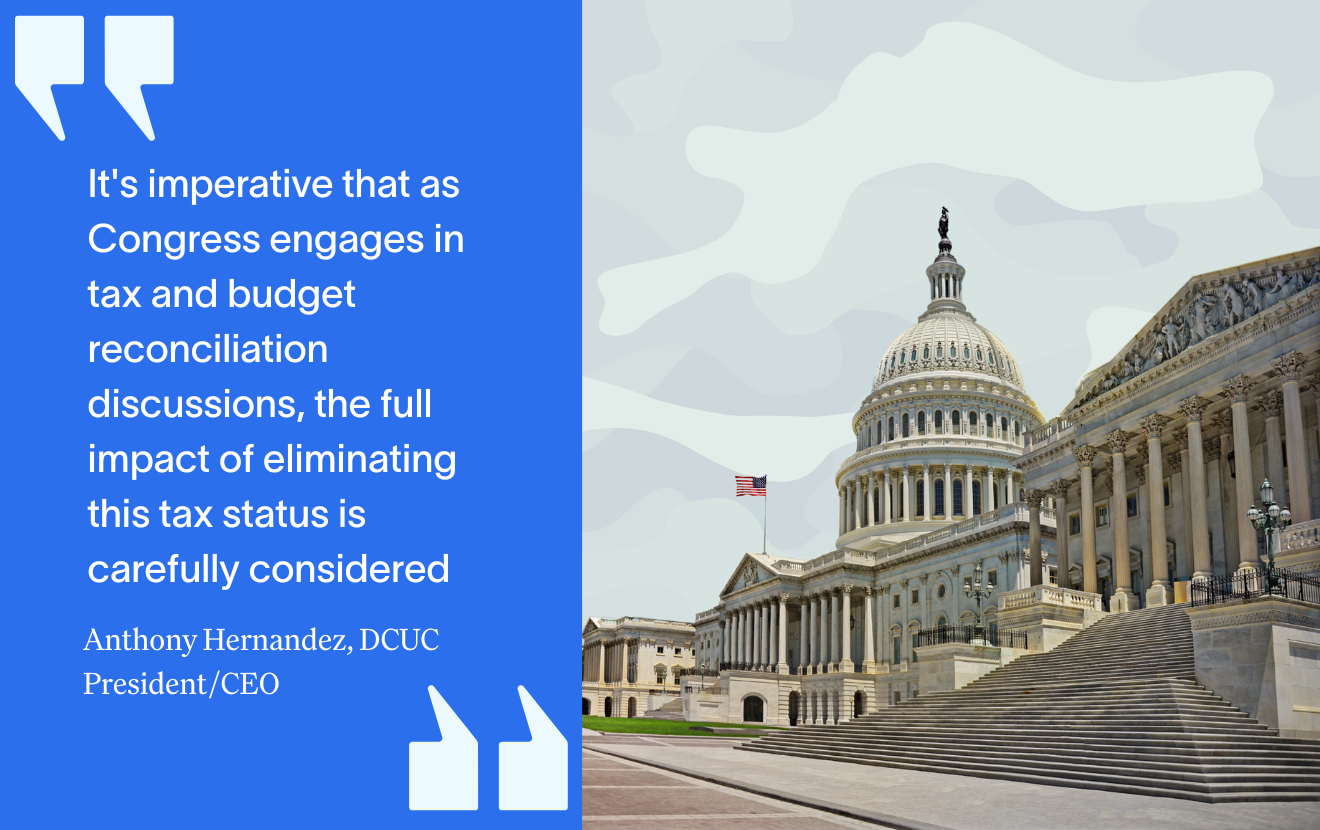Under the Durbin Amendment, debit card issuers with total assets ≥ $10 billion had their debit card interchange fees capped at $0.21 per transaction, plus 5 basis points multiplied by the transaction’s value. Furthermore, non-exempt financial institutions that comply with the Fed's fraud-prevention standards may charge an additional $0.01 fee. Some analysts and regulators thought the Durbin Amendment might also indirectly lead to a decline in debit card interchange fees for exempt financial institutions, i.e., those with total assets < $10 billion. Prior to the Amendment’s implementation, there was some concern that card networks might not offer two-tiered fee structures to accommodate higher interchange fees for exempt financial institutions.
Debit Fee Interchange Income: All Clear or Danger Ahead?
In our last post, CUs’ Checking-Related Fees = Better Value for Consumers, we noted that increases in the credit union system’s other operating income as a percentage of average assets are generally off-setting recent declines in fee income stated on the same basis. While this is certainly good news, a key component of other operating income, debit interchange fees, came under pressure in 2011 with the implementation of the Durbin Amendment.
The following graph, based on a Fed survey of payment card networks released earlier this year, shows average debit interchange fees in 2011 for both exempt and non-exempt financial institutions. Average fees are shown for both the nine months prior to implementation of the Durbin fee cap (January-September 2011) and the three months after its implementation (October-December 2011).
Randall Smith
Randall Smith
Our daily newsletter
Stay informed on the latest in credit union news and community.





